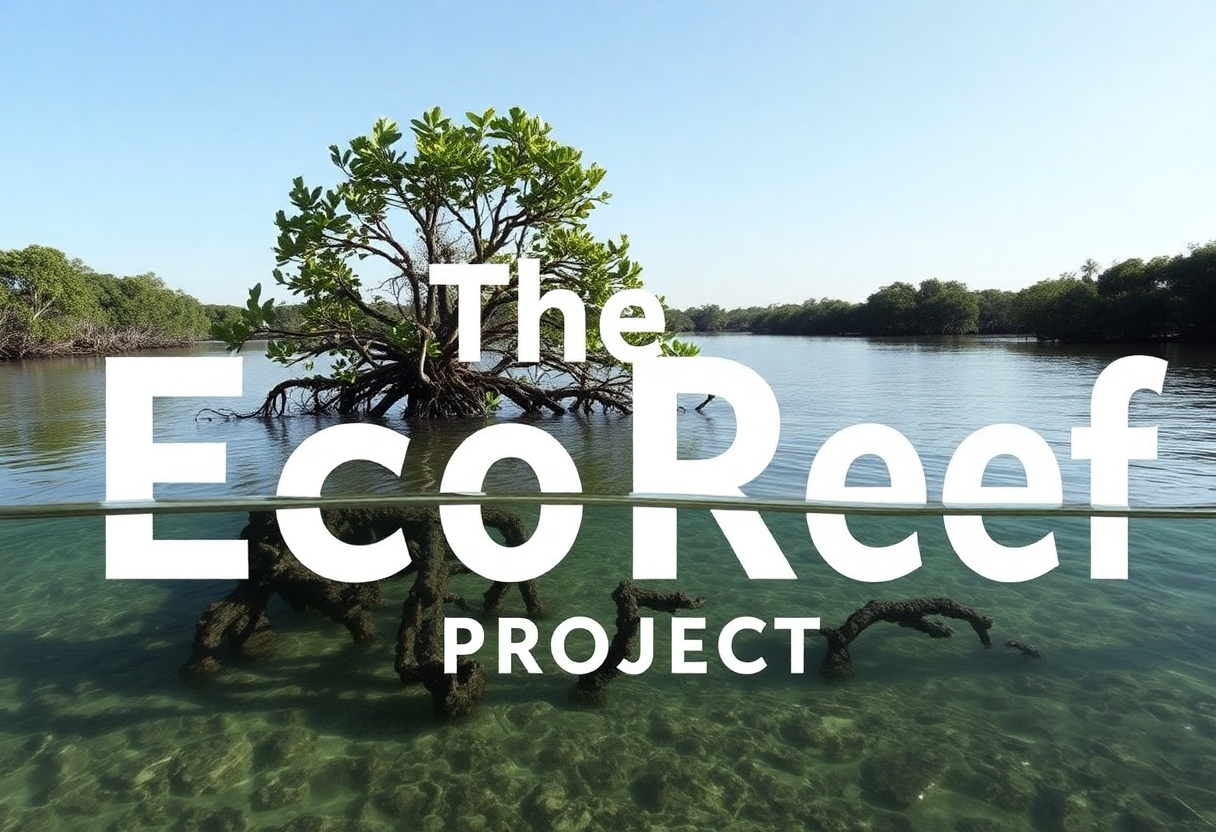Powerful Environment Patterns Harnessing Human Future Interaction

Powerful Environment Patterns & The Planet Tapestry
The natural world is a vast mosaic, rich with patterns that echo the past, define the present, and illuminate the future. By deciphering these powerful environment patterns, we can glean profound insights into our environment, enabling us to learn from evolutionary history and make informed decisions for a sustainable future. But what makes this even more compelling is understanding how human interactions with the environment shape and are shaped by these patterns.
Why Patterns in the Environment Matter
Patterns in the environment are not just fascinating phenomena; they are essential for understanding the complexities of our natural world. These patterns hold significant meaning and provide valuable insights that guide our actions and decisions.

Understanding Natural Processes
Environmental patterns help us comprehend natural processes that shape our world. For instance, seasonal changes, such as the blooming of flowers in spring or the migration of birds, are patterns that indicate the cycles of life. These recurring events are vital for the balance of ecosystems, and any disruption can have cascading effects on biodiversity and ecological health.
Historical Knowledge
Patterns recorded in natural archives like tree rings, ice cores, and sediment layers provide a historical perspective on climate and environmental conditions. By studying these patterns, scientists can reconstruct past climates, track the progression of natural events, and understand how ecosystems have evolved over time. This historical knowledge is crucial for predicting future changes and making informed decisions.
Monitoring Human Impact
Human activities leave distinct patterns in the environment, from urban heat islands to deforestation and pollution. By observing these patterns, we can assess the impact of our actions on the natural world. This understanding allows us to develop strategies to mitigate negative effects, such as reducing emissions, conserving habitats, and promoting sustainable practices.

Predicting Future Trends
Patterns are fundamental to forecasting future environmental conditions. Climate models, based on historical and current data, use patterns to predict changes in temperature, precipitation, and sea levels. These predictions help us prepare for and adapt to the impacts of climate change, ensuring that we can respond effectively to environmental challenges. These powerful environment patterns can lead us in new ideas and structures.
Enhancing Sustainability
Recognizing and understanding powerful environmental patterns enable us to develop sustainable solutions that align with natural processes. For example, sustainable agricultural practices that mimic natural patterns can improve soil health and increase resilience to climate change. Similarly, urban planning that incorporates green spaces and natural water management systems can create healthier, more sustainable cities.
Cultural Significance
Many cultures have long recognized the importance of environmental patterns. Indigenous communities, in particular, possess profound knowledge of local ecosystems and the patterns that govern them. This traditional ecological knowledge is invaluable for conservation efforts and sustainable resource management. By respecting and integrating this wisdom, we can enhance our understanding and stewardship of the environment.

Empowering Decision-Making
Environmental patterns provide the data and evidence needed to make informed decisions. Whether it’s creating policies to protect endangered species, planning for disaster resilience, or developing new technologies, patterns in the environment guide us towards choices that support ecological health and human well-being. Endangered animals do not happen overnight and looking for powerful environment patterns can give us the signs early.
Unearthing the Past Powerful Environment Patterns
Environmental Chronicles
Every element of our natural surroundings, from the oldest trees to the deepest ice cores, holds tales of epochs gone by. These environmental records are akin to history books written by nature itself.
For instance, dendrochronology, the study of tree rings, reveals not only a tree’s age but also chronicles climatic conditions over centuries. Each ring represents a year of growth, with wider rings signifying years of favorable conditions and narrow rings indicating times of stress, such as droughts. These rings also reflect human impacts, such as deforestation and land use changes, which affect local climates and tree growth patterns.
Glacial ice cores are another remarkable archive. Layers of ice trapped over millennia contain tiny air bubbles that provide snapshots of Earth’s past atmospheres, allowing scientists to reconstruct historical climate conditions and track carbon dioxide levels over hundreds of thousands of years. These findings are crucial for understanding the long-term climate patterns and natural cycles that have shaped our world.

Present-Day Powerful Environment Patterns
The Pulse of the Planet
In our interconnected world, technology empowers us to monitor environmental patterns in real-time. Satellite imagery and remote sensing provide detailed and dynamic views of Earth’s surface, allowing us to observe deforestation, urban sprawl, and shifts in ecosystems as they happen.
Patterns in temperature, precipitation, and ocean currents are meticulously tracked using a network of weather stations, ocean buoys, and climate models. These patterns help us understand how human activities are altering the environment. For example, urban heat islands, where city centers become significantly warmer than their rural surroundings, illustrate the impact of urbanization on local climates.
Recognizing these patterns enables us to take proactive steps. Monitoring air quality in metropolitan areas can lead to policies that mitigate pollution and improve public health. Observing migratory patterns of birds and other wildlife can help us protect biodiversity and ensure the survival of endangered species.
Projecting The Future With Powerful Environment Patterns
Navigating Uncertainty
Patterns are not only about understanding the past and present—they are vital for predicting future trends. Climate models, powered by historical data and current observations, simulate various scenarios to forecast changes in temperature, sea level, and weather extremes. These patterns may be small but can lead to powerful environment patterns by giving us the knowledge we need.
These projections are instrumental in shaping our response to climate change. They guide us in developing strategies to combat rising sea levels, manage water resources, and transition to renewable energy sources. By anticipating the impacts of climate change, we can design resilient infrastructure, create adaptive agricultural practices, and implement conservation measures to protect our natural resources.

The Sensory Experience
Patterns We See and Feel
Beyond scientific data, patterns in the environment are also experienced through our senses. The changing colors of leaves in autumn, the rhythmic ebb and flow of ocean tides, and the intricate patterns of a spider’s web all provide a sensory connection to nature’s cycles.
Cultural practices and indigenous knowledge often reflect a deep understanding of these natural patterns. For example, many indigenous communities have developed sophisticated ways to read environmental cues, such as animal behaviors and plant growth, to predict weather changes and guide agricultural practices.
Human Patterns
Shaping the Environment
Humans have always interacted with their environment, often leaving a lasting impact. Agriculture, urbanization, industrialization, and now digitalization, have all reshaped the environment in profound ways. Understanding these human-environment interactions helps us learn from the past and forge a path towards sustainability.
Agriculture
Ancient farming practices show how humans adapted to and modified their environment to grow food. Today, sustainable farming practices that mimic natural patterns can help restore soil health and biodiversity.

Urbanization
The rise of cities has drastically altered landscapes. Green urban planning and smart city designs that incorporate natural patterns can mitigate the environmental footprint of urban areas.
Industrialization
Industrial activities have contributed to pollution and habitat destruction. By learning from these impacts, we can innovate cleaner technologies and promote circular economies.
Digitalization
The digital age offers new tools to monitor and manage environmental patterns. From precision agriculture to smart grids, leveraging technology can help us live more harmoniously with our environment.
Conclusion
Powerful environmental patterns are the threads that weave the intricate tapestry of our planet. They carry essential information about natural processes, historical events, human impacts, and future trends. By studying and understanding these patterns, we can learn from the past, navigate the present, and shape a sustainable and thriving future. Embracing the wisdom of nature’s powerful environment patterns empowers us to act responsibly and harmoniously with our environment.
A Blueprint for Tomorrow
Patterns in the environment are more than just scientific observations; they are the threads that weave the fabric of our existence. By studying these patterns, especially in the context of human interactions, we learn from the past, navigate the present, and shape a resilient future. Embracing the wisdom embedded in nature’s patterns empowers us to act responsibly, innovate sustainably, and create a world where both humanity and the natural world thrive in harmony.
Join the Discussion
How do you perceive the patterns in our environment, and how have they influenced your understanding of the past, present, and future?
Personal Observations – What patterns in nature or your surroundings have you noticed that reflect environmental changes or human impact?
Historical Insights – How can lessons from past powerful environment patterns inform our current and future actions to protect our planet?
Technological Innovations – In what ways can technology help us monitor, understand, and adapt to environmental patterns more effectively?
Cultural Wisdom – Do you have any cultural practices or traditional knowledge that highlight the importance of powerful environment patterns?
Sustainable Practices – What actions or strategies do you think are essential for creating a sustainable future based on our understanding of powerful environment patterns?



























































